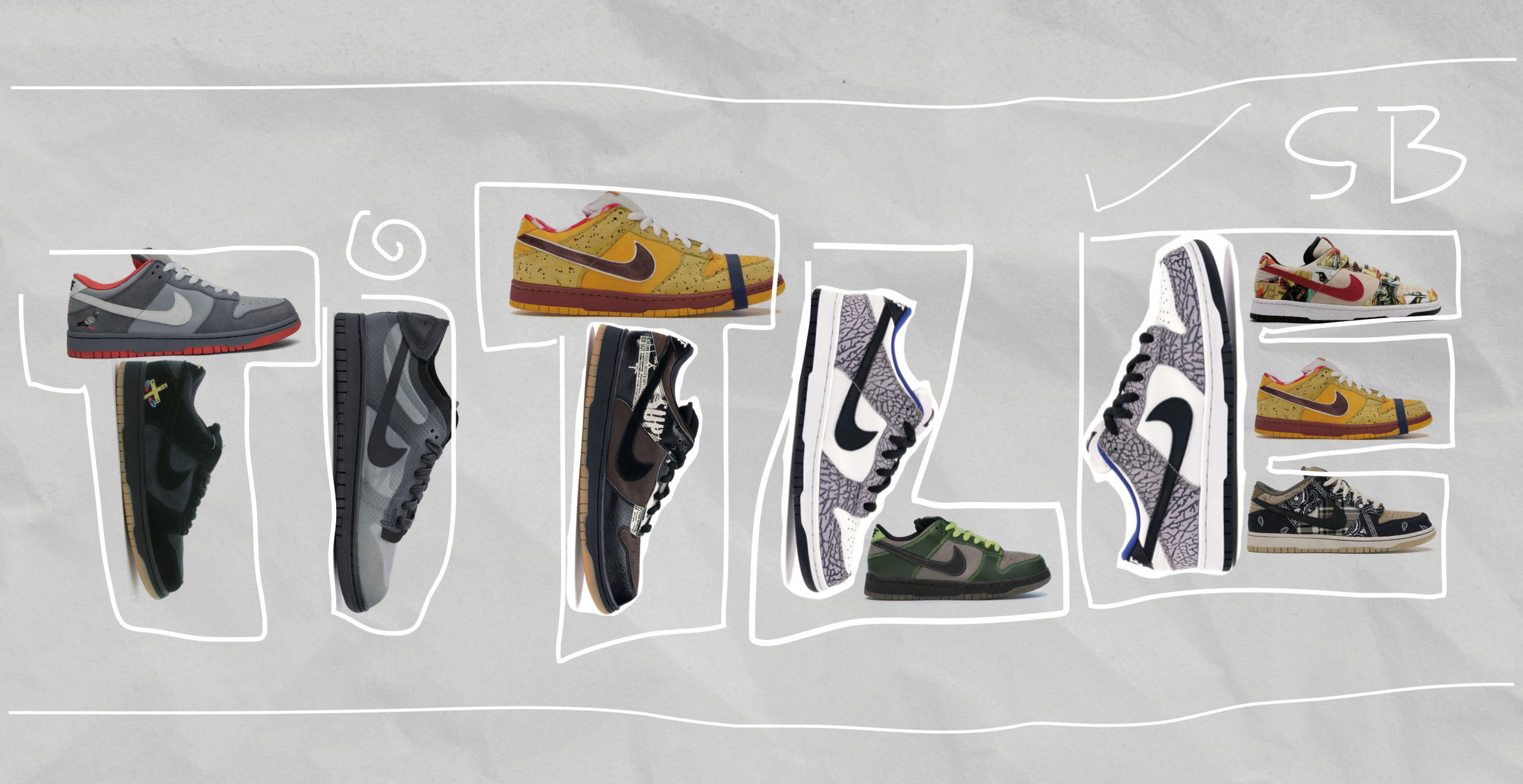The trends of today’s fashion world are dynamic and very fast moving – several times a year the collections change. The “big players” can be counted on just two hands when it comes to creating timeless shoes for everyday life. To give birth to a silhouette that has managed over decades to express its own identity as precisely as Doc Martens is still considered an absolute masterpiece today. This world-famous boot now celebrates its 60th anniversary and we are celebrating with it.
The origin
It all began exactly 60 years ago with the Munich physician Dr. Klaus Märtens, who had the idea of revolutionizing working shoes towards the end of the Second World War: To increase their comfort, he invented an air-cushioned sole made of PVC. After the first design, he was able to convince his fellow student at the time, Herbert Funck, to procure the materials he needed. Born in Luxembourg, Funck was not affected by the trade restrictions imposed by post-war Germany.
The safety boot became quickly known. The industry recovered and the comfortable shoes for workers hit the nerve of the time. In 1952 the first factory was opened in Munich. In 1959 the company advertised internationally.
A man by the name of Bill Giggs, factory manager in England of the famous Tuff Boots, reacted more than enthusiastically when he first heard of the concept of the air-cushioned sole. He decided to buy the product licence from them. However, the appearance of the shoes was then changed slightly by reshaping the curved leather toe cap and adding the yellow stitching that is typical of today’s shoes. Because the name Doc Märtens was too difficult to pronounce in his eyes, he renamed the company to Doc Martens. In 1960 the classical lacing variant with eight holes was created – the 1460s – This quickly developed as an identification for the rebellious youth movements as well as the punk rock scene of that time.
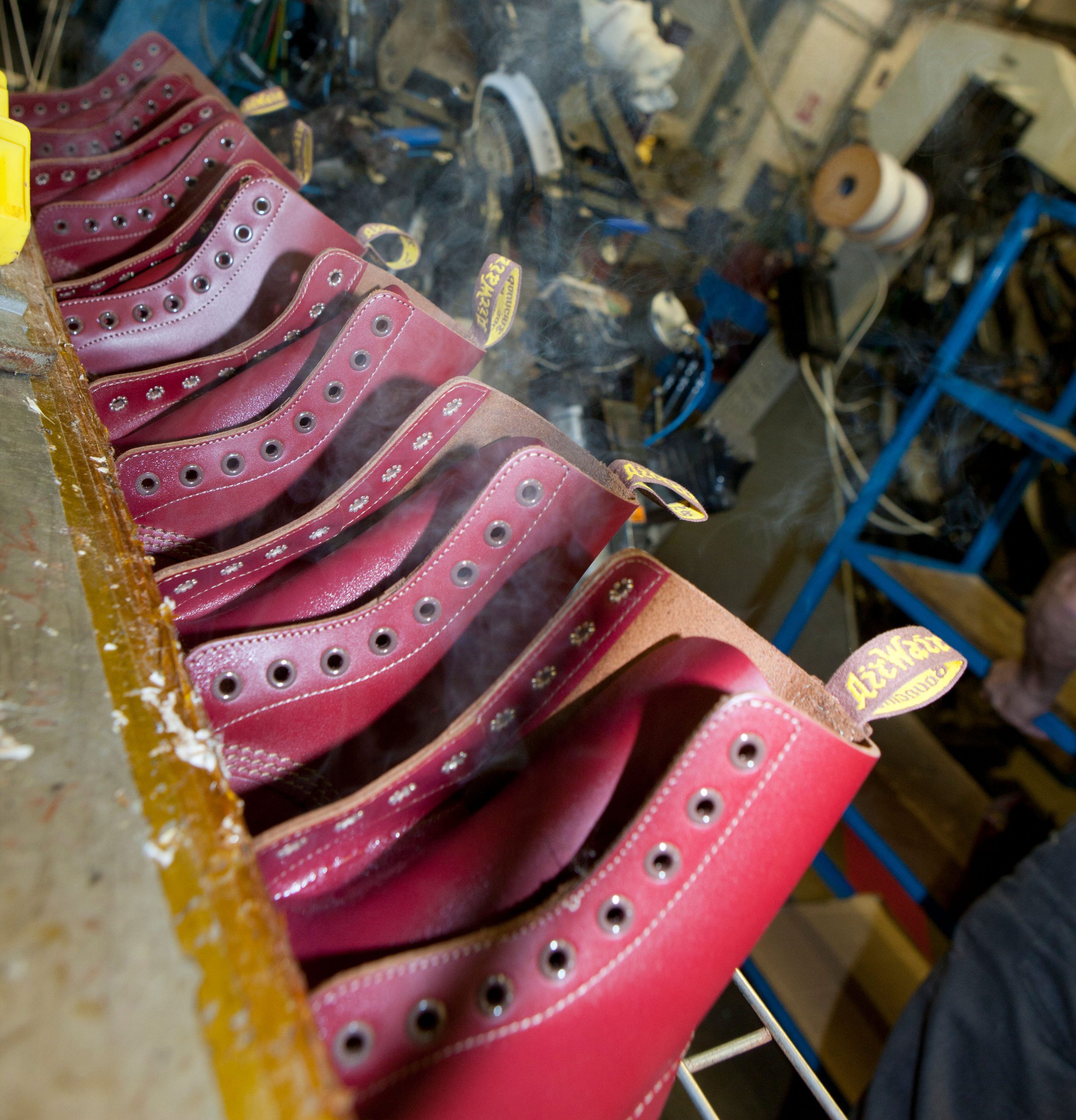
The Rise-Up
The formative groups, which helped Doc Martens to a rapid rise, ranged from the skinheads in the late 60s, to the punks in the 70s, to the goth and grunge movements in the 80s and 90s. But all these subcultures wore the shoe not for stylistic aspects, but for expressive reasons.
Especially models with steel inlay under the toe cap were super successful with groups like punks and skins. The shoe had to be able to withstand a lot.
Arriving in the 1990s, the shoe again attracted international attention in the wake of the Grunge wave. Especially at festivals it became an absolute must-have. Once again, the shoe was a symbol of resistance, of being different and of rebellion against the rest of society without energy. “To be creative, you sometimes have to rebel,” it is also stated in the company philosophy. The problem was that the only way to buy a shoe was to travel to London. To this day, the shop that opened in 1994 at Covent Garden is still legendary! You can’t imagine that a pair of shoes cost just two pounds back then…
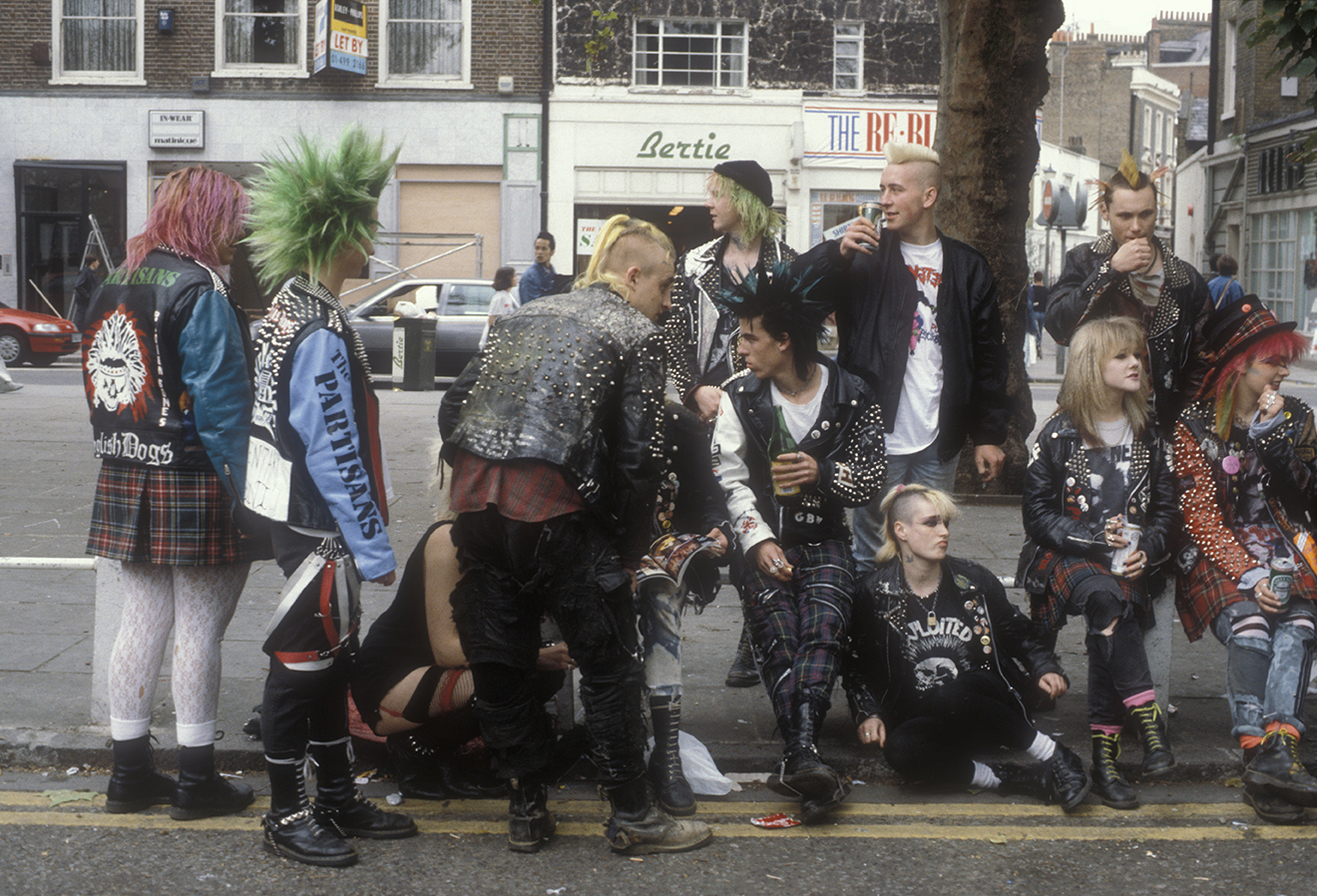
How does a work shoe achieve such cult status?
Doc Martens owe their cult status to Pete Townshend, the singer of The Who. Pete was proud of his working class background and wore the boots at almost every concert he performed in the 60s. So they quickly became a trend and gained international attention. In the years to come the punk scene in particular was to be inspired by them.

Doc Martens on the brink
At the turn of the millennium, the Doc Martens company was on the verge of bankruptcy. The sales figures had fallen dramatically and the models simply no longer seemed to be “in”. In 2004, the company began to move a large part of its production to Asia in order to reduce costs and keep the company afloat. There was also a risk of creating new and more unusual designs that could still be considered very daring today. In 2010 this step turned out to be successful: the international interest increased and so the production was slowly moved back to England to bring the design department closer to the production. By taking the initiative to offer a wider range of models, colours and designs, Doc Martens saved itself from the end. Today the shoes can be found in shops all over the world and in various online shops.
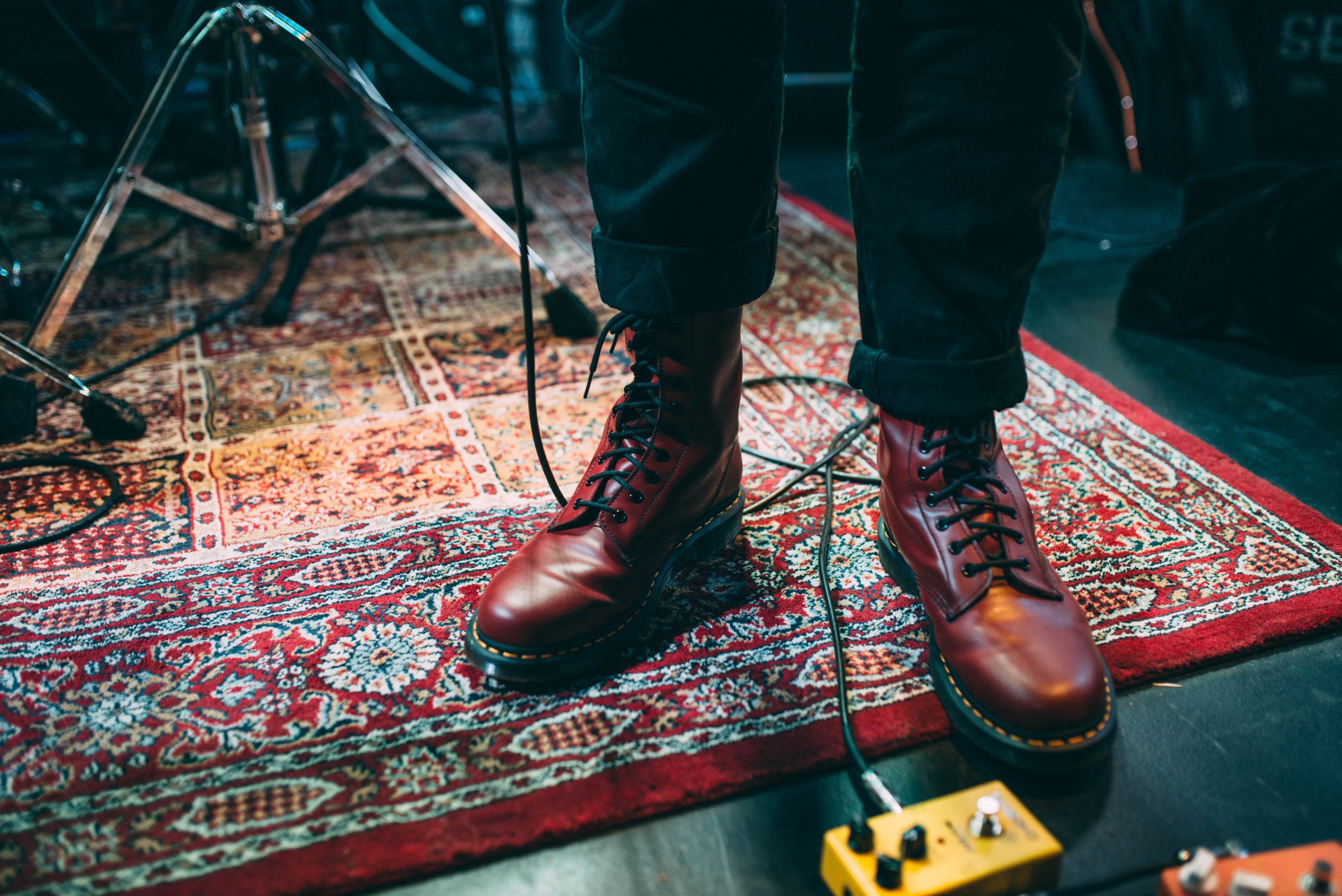
The present
The boot had eight lace-up holes at the beginning – meanwhile Doc Martens also produces higher boots, sandals and even pumps. The designs range from floral patterns to patent leather and even the shrillest colours. The cult brand currently has around 250 models in its range. With its classic shape and impressive history, Doc Martens has also made it to the door of the haute couture. Meanwhile, the biggest names in the high fashion establishment are vying for a collaboration with Doc Martens.
Yohji Yamamoto has long been considered a master tailor and has an undeniable influence on the fashion industry. His Japanese house offers unique, timeless pieces. His name still makes waves and he remains true to his DNA. The collaboration with Doc Martens Edition 1461 Derby shoes are made of leather with a matte, smooth grain and feature contrast stitching in yellow, lace fastening and a characteristic Air Cushion rubber sole.
Raf Simons has continued his ongoing partnership with Doc Martens. His collaboration is part of the 1460 Remastered project of the Heritage Footwear label. In the new version, Simons adds nickel rings to the smooth leather upper of the classic boot, a reference to the motif used in the designer’s latest collections.
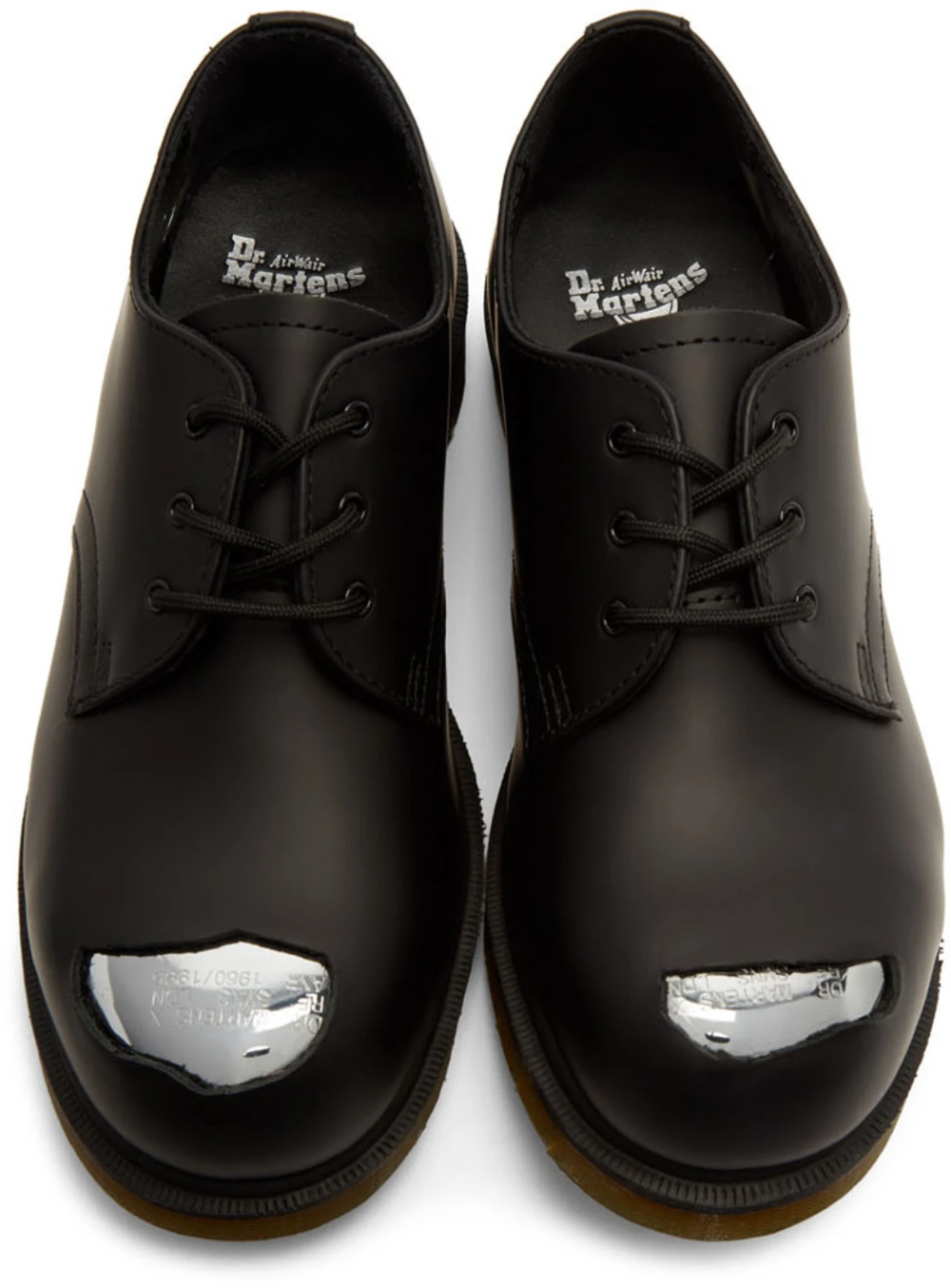
Comme des Garçons and Doc Martens continue their collaboration by fusing the classic silhouette of Doc Martens with the contemporary sensibility of Comme des Garçons. The shoe features a brogue toe and a double buckle strap closure. To add detail, the shoe has a contrasting yellow stitching. The complete collection was published exclusively at Dover Street Market London and was only available there.

Once a rebel – always a rebel! Ois Guade, Doc Martens!
Author via Moubarak Assima: Paul Herzfeld










